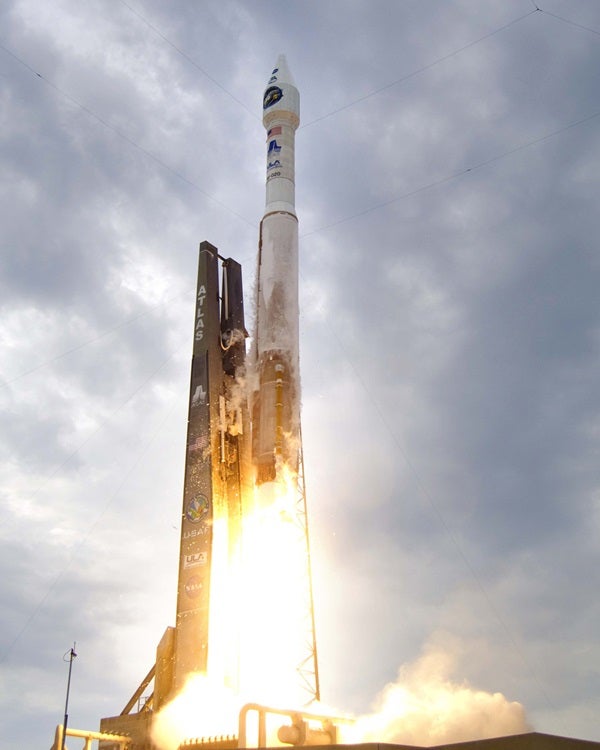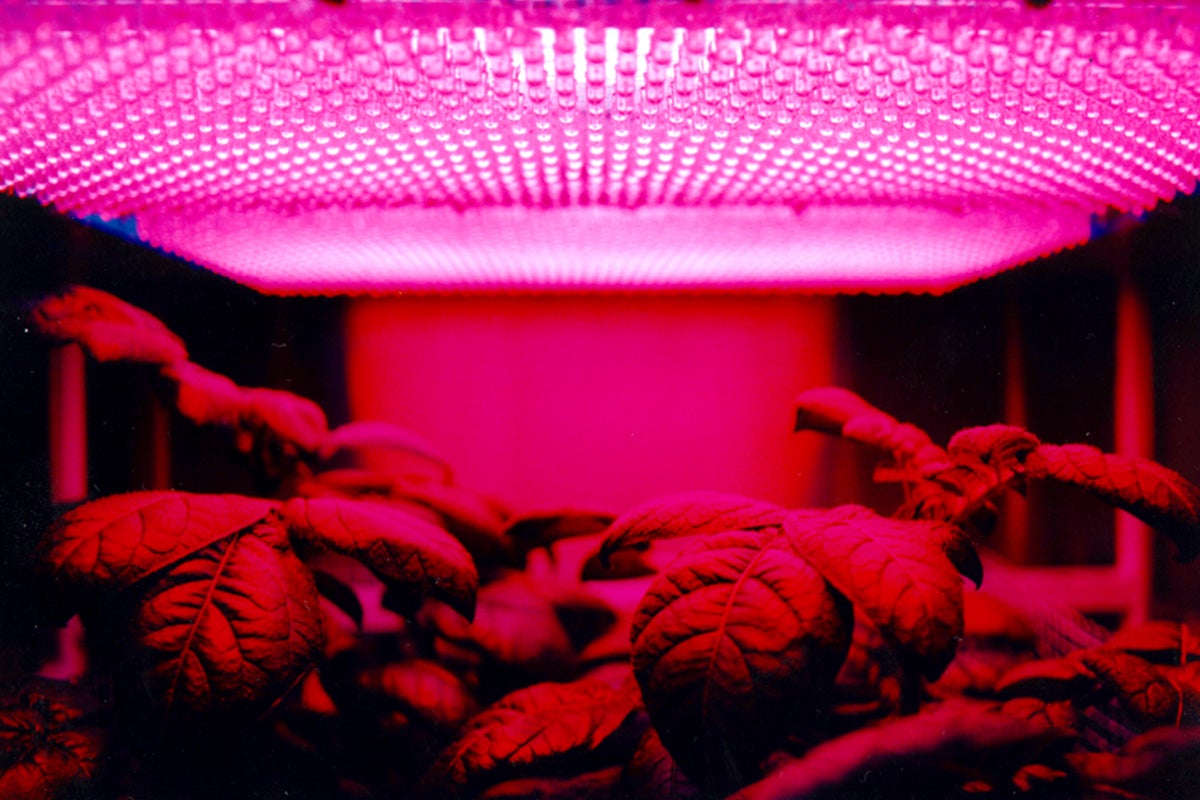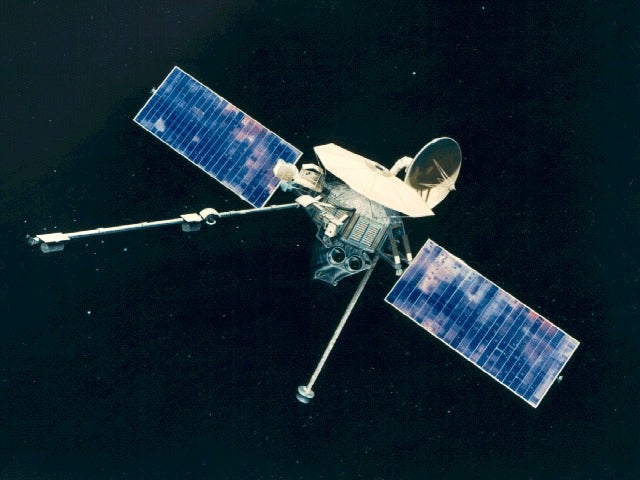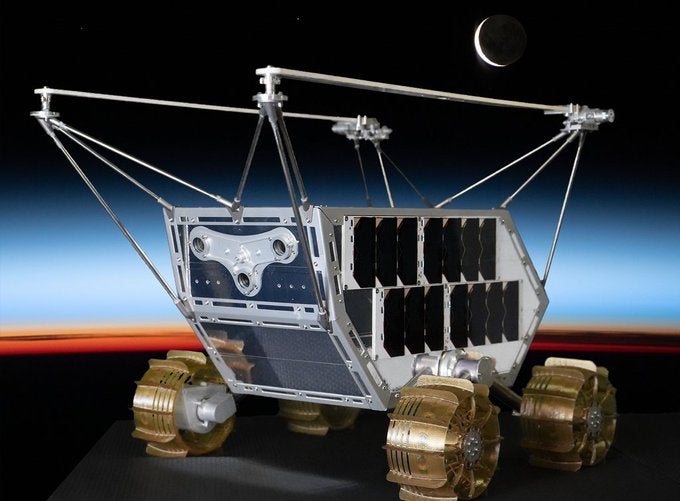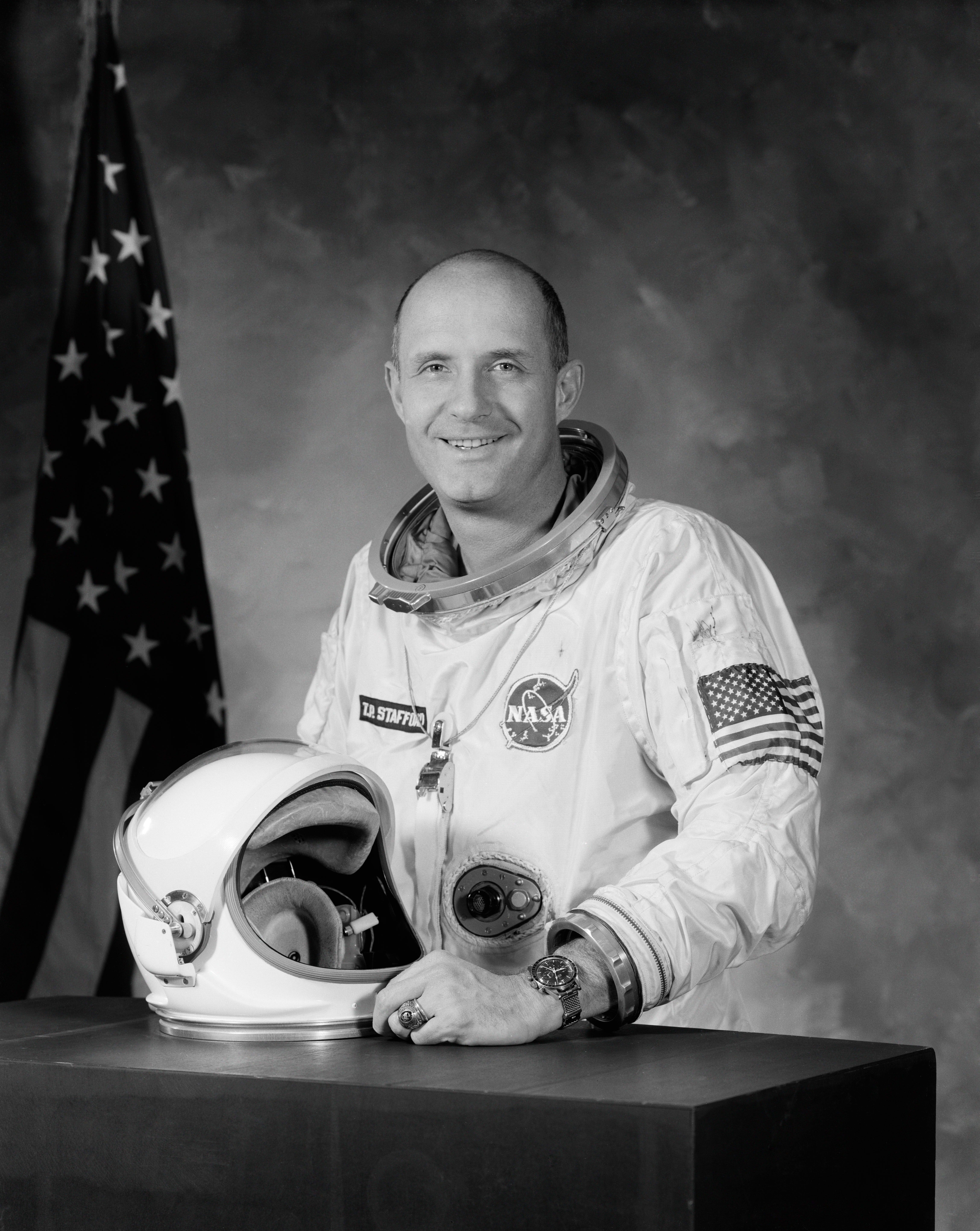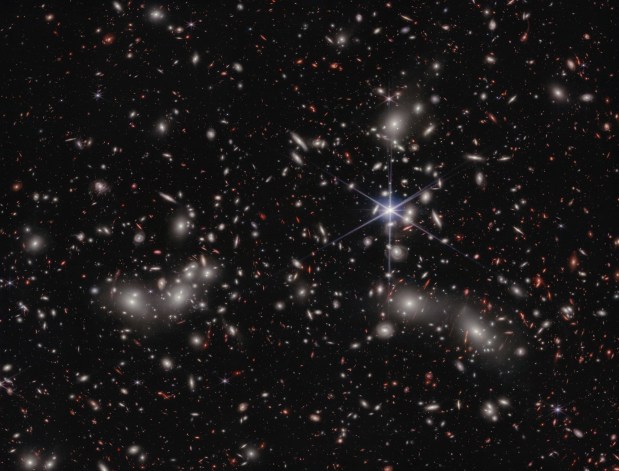Additional LRO coverage
The orbiter separated from the Atlas V rocket, carrying it and a companion mission, the Lunar CRater Observation and Sensing Satellite (LCROSS), and immediately began powering up the components necessary to control the spacecraft. The flight operations team established communication with LRO and commanded the successful deployment of the solar array at 7:40 p.m. EDT. The operations team continues to check out the spacecraft subsystems and prepare for the first mid-course correction maneuver. NASA scientists expected to establish communications with LCROSS about 4 hours after launch, at approximately 9:30 p.m. EDT.
“This is a very important day for NASA,” said Doug Cooke, associate administrator for NASA’s Exploration Systems Mission Directorate in Washington, which designed and developed both the LRO and LCROSS missions. “We look forward to an extraordinary period of discovery at the Moon and the information LRO will give us for future exploration missions.”
The spacecraft will be placed in low-polar orbit about 31 miles (50 kilometers) above the Moon for a 1-year primary mission. LRO’s instruments will help scientists compile high-resolution, three-dimensional maps of the lunar surface and also survey it at many spectral wavelengths. The satellite will explore the Moon’s deepest craters, exploring permanently sunlit and shadowed regions, and provide understanding of the effects of lunar radiation on humans.
“Our job is to perform reconnaissance of the Moon’s surface using a suite of seven powerful instruments,” said Craig Tooley, LRO project manager at NASA’s Goddard Space Flight Center in Greenbelt, Maryland. “NASA will use the data LRO collects to design the vehicles and systems for returning humans to the Moon and selecting the landing sites that will be their destinations.”
High-resolution imagery from LRO’s camera will help identify landing sites for future explorers and characterize the Moon’s topography and composition. The hydrogen concentrations at the Moon’s poles will be mapped in detail, pinpointing the locations of possible water ice. A miniaturized radar system will image the poles and test communication capabilities.
“During the 60-day commissioning period, we will turn on spacecraft components and science instruments,” said Cathy Peddie, LRO deputy project manager at Goddard. “All instruments will be turned on within two weeks of launch, and we should start seeing the Moon in new and greater detail within the next month.”
“We learned much about the Moon from the Apollo program, but now it is time to return to the Moon for intensive study, and we will do just that with LRO,” said Richard Vondrak, LRO project scientist at Goddard.

